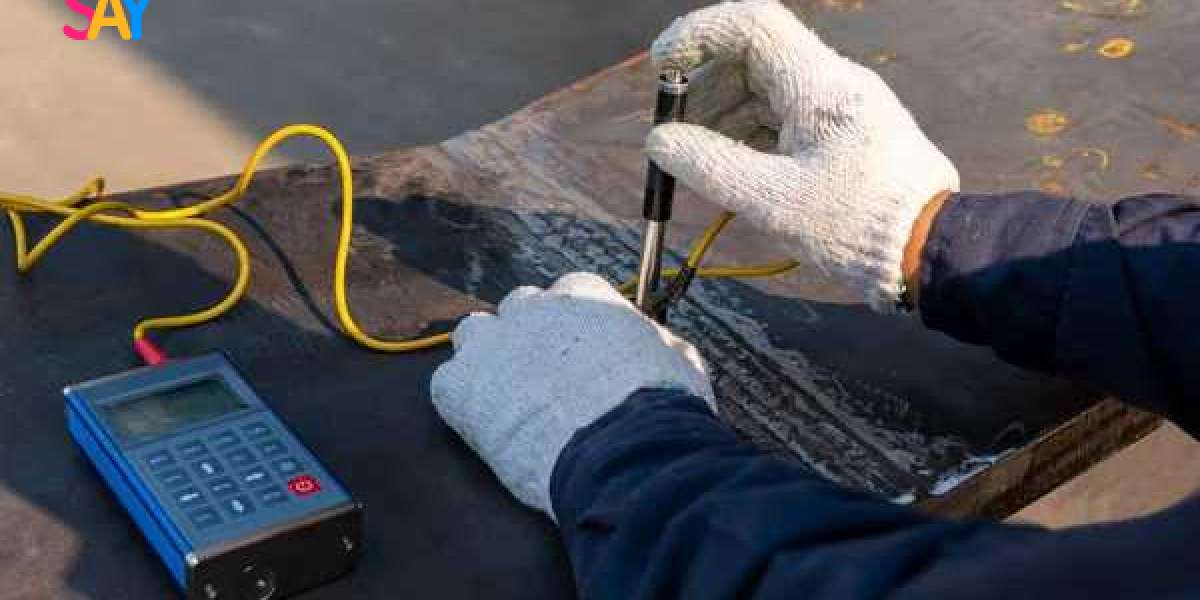In all of these chemicals, overcharging can cause damage or safety risks. In the case of lead-acid batteries, the overcharge voltage is limited, and the excess current is dissipated in the process of water decomposition, hydrogen and oxygen release, and heat generation. Increasing the current does not increase the voltage, it increases the rate of gas and water loss and causes the temperature to rise. Especially when a 12 volt battery or battery equalization is required, some overcharging can be tolerated.
For lithium-ion batteries, it is difficult to overcharge because the battery contains BMS. Once the termination voltage is reached or the temperature becomes too high, this will cut off the current supply. This is a necessary precaution because lithium-ion batteries contain volatile electrolytes, which are released at higher temperatures. The vapor from the electrolyte in lithium-ion batteries can catch fire, making overcharging very dangerous. NiCad and NiMH batteries should not be overcharged because they lose oxygen and electrolytes, even if they are sealed versions.
The SOC of a battery has several indicators: the static voltage measured at its terminals, the specific gravity of the electrolyte (overflow open battery), or the impedance value. They vary depending on battery chemistry, so it's best to look at each type separately:
Lead acid.
The specific gravity.
The reaction of the plate with sulfuric acid during charging and discharging determines the ratio of acid to water in the battery.
When the concentration of sulfuric acid is high when added, it is lower when discharged. Because the density of acid is 1.84 and the density of water is 1 of specific gravity, the SG of the electrolyte increases when it is charged and decreases when it is discharged.
The reaction has a first-order relationship, which means that the change in concentration is linear, so the SG measurement gives a direct indication of the SOC of the battery.
One caveat: This does not apply to situations where battery charging and bulk charging or pre-charging are taking place. Without the electrolyte stirring, the concentrated acid produced during charging will sink, making most of the electrolyte thinner, until a voltage of 2.4 volts per cell is reached. From this point on, the gas produced in the plate will have a stirring effect to mix the acid.
Static voltage: This can be an indication of the SOC and is related to the specific gravity of the battery in the following ways:
Static voltage = SG + 0.84
For example, a 2V battery with a specific gravity of 1.230 would have a static voltage of 1.230 + 0.84 = 2.07 volts
Using this relationship can give a fairly accurate indication of the battery SOC, however, different batteries have different SG operating ranges, so the maximum charging condition of the VRLA SG may be 1.32 compared to OPzS with 1.28 top SG. Temperature also affects SG, which affects the battery voltage. The influence of temperature on open circuit voltage is shown in Table 2.
Another factor is that newly charged batteries form sulfuric acid when they are charged, so the acid concentration near the plate is high. This is why the voltage will remain high for a period of time after charging, possibly up to 48 hours, before it stabilizes at a consistent value. Unless the battery is discharged briefly, it must rest to balance the acid concentration before taking a voltage reading.
Tools needed for SOC measurements
These include DC voltmeters or multimeters for voltage measurements and hydrometers for specific gravity readings.
For a fully charged battery, in addition to a discharge test, a hydrometer is the best way to determine the state of charge. The use of a hydrometer does require some practice and should be done with great care. The procedure is to place the battery in the right position so that the hydrometer reading can be taken at eye level.
For sealed batteries, it is not possible to use a hydrometer, so measuring the residual voltage is the only option. The method is suitable for sealed lead-acid batteries and liquid-rich lead-acid batteries.
For this purpose, the multimeter should be set to the appropriate maximum voltage to ensure that it can read more than 12 volts, but also can produce at least 2 decimal places of accuracy. Using equation 2, the voltage can be used to estimate the SG after temperature adjustment, and thus the SOC of the battery, provided that the SG value of the fully charged battery is known to the manufacturer.
In both cases where voltage or hydrometer is used to measure state of charge and SOC, temperature compensation is required.
Lithium ion, nickel-metal hydride and nickel-cadmium.
For all these chemicals, SOC measurement presents a serious challenge. All have very flat discharge curves with very small voltage differences between fully charged and discharged states. Charge-discharge reactions within NiCd and NiMH batteries do not significantly change the SG of the electrolyte, and all lithium-ion chemicals operate in a fully sealed battery. This makes static or random spot checks of batteries in use nearly impossible, and certainly impossible for non-expert users. The current state of the state of charge, SOC measurements of these chemicals are based on dynamic readings taken during their operation.
They can be based on ampere-hour counts, voltage responses to discharge currents, or even pulses of constant current. Measuring equipment is often built into expensive or complex equipment, such as electric vehicles or industrial machines, where it is necessary to know the available running time. In less sophisticated equipment such as hand tools, noticing that the tool has stopped or is running slowly is the only usable sign.
There are commercially available impedance spectrometers that measure the internal impedance of a battery to predict its charging state. These devices rely on an algorithm that predicts SOC based on testing hundreds of batteries in different states of charge and at different ages. The results are specific to the chemistry and age of the particular battery. The more tests are performed to make the algorithm, the more accurate it becomes.







